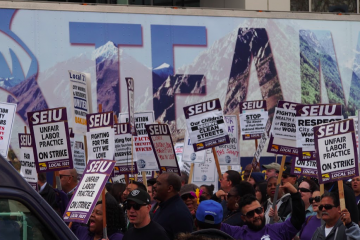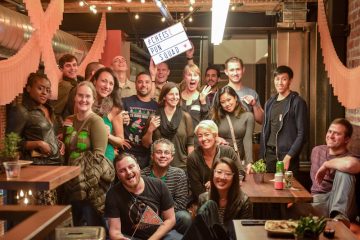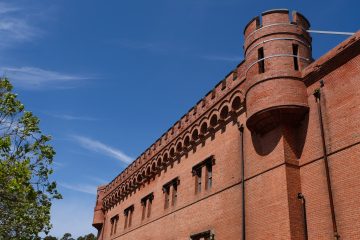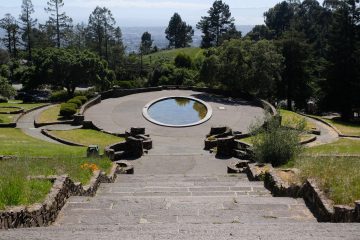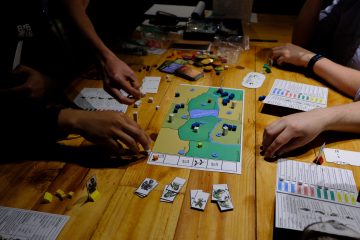Who Killed Oakland’s Electric Streetcars?
Progress isn’t always progress. When you sit in traffic tomorrow morning wondering how much it’ll cost to get your bashed-in rear window fixed, or how you’ll find a spot near work, just remember— it wasn’t always like this.
The East Bay used to be the hub of a bustling, emission-free locally and privately-owned streetcar, bus, train and ferry system that operated for half a century before its assassination by the automotive industry.
The Key System, otherwise known as the Key Route, ferried citizens across Oakland, Berkeley, Alameda, Emeryville, Piedmont, San Leandro, Richmond, Albany, and El Cerrito—all the way until 1958.
In its heyday, the Key System could take you from the hills of Albany to the Key System Pier, stretching into the waters of the Bay, where you could hop a ferry to San Francisco—long before the construction of the Bay Bridge.
With over 60 miles of track, you could be whisked from Alameda to downtown Oakland, then up into the Berkeley hills for a drink at the Claremont Hotel. No parking, no gas, no traffic.
National City Lines, once a small bus fleet, joined forces with General Motors, Phillips Petroleum (now part of ConocoPhillips), Mack Trucks, Standard Oil of California, and Firestone Tires, to acquire a majority of stock in the Key System Transit Co. in 1946. They vowed to “modernize” and “motorize” the system by destroying trains and streetcars and replacing them with buses.

The wide median of Key Route Blvd. in Albany marks where an extension to the Westbrae Line would have run. It was never built.
Streetcars were converted to buses beginning in 1948. A year later, General Motors and other members of National City Lines were convicted of conspiring to monopolize the sale of buses and related products to their subsidiary companies throughout the U.S. The conviction changed nothing.
Bit by bit, streetcar systems across the country were picked apart and sold for scrap. People paid to ride the new buses, and the increasing fares paid for the destruction of the streetcar routes. The last run of an Oakland Key Stone streetcar was April 20, 1958.
National City Lines destroyed or sublimated the streetcar systems in 25 American cities, among them Los Angeles, Baltimore, St. Louis, and Minneapolis—all for the sake of motors, oil, and rubber.
The bones of this goliath are strewn all around us. The first Key Route Train left Key Route Plaza in June 1904. When the remnants of the Plaza at Piedmont Ave. and 41st St. were renovated in 2014, a mural painted by Rocky Rische-Baird in 2008 remembering the Key System was silently and swiftly destroyed without public input. What action could have been more emblematic of the way we have erased and rewritten our nation’s transportation history?

A mural titled “La Vida Electrica Se Mantiene Junta” (The Electric Life Is Safe Together) by Rocky Baird celebrating the Key Route streetcar system is seen at 41st Street and Piedmont Avenue in Oakland, Calif., on Tuesday, Sept. 22, 2009.
The case of the Key Route system is one of historical amnesia. America was not always a land driven by driving. For every streetcar destroyed, there are now fifty cars. For every mile of train track, there are a hundred miles of highway. Where there could be parks, there are parking lots.
Archive photos courtesy of public archives and the John Stashik Collection. Claremont Hotel photo courtesy of John Harder.












